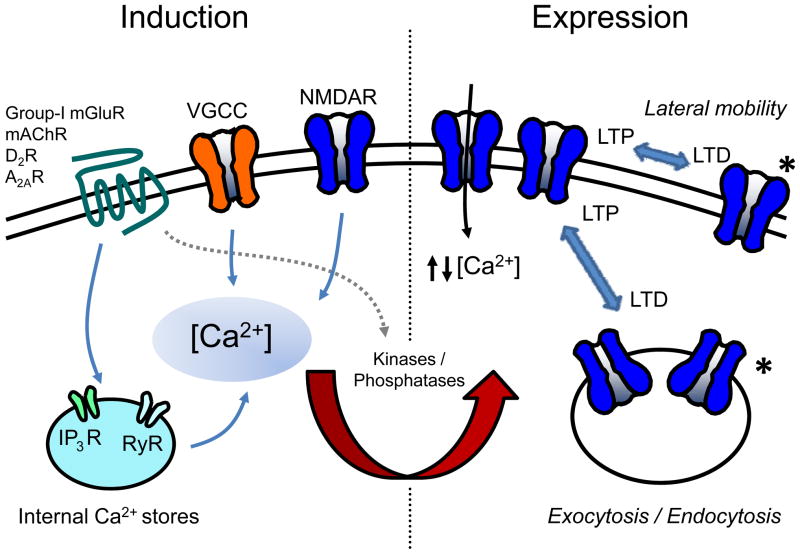Figure 2. Common pathways of NMDAR plasticity.
Left: Induction of NMDAR plasticity has been shown to be triggered by postsynaptic Ca2+ rise that can be achieved through NMDARs and voltage gated calcium channels (VGCCs). Metabotropic receptors, such as group I mGluR, mAChR, D2R, A2AR, can also contribute by releasing Ca2+ from internal stores (either via inositol triphosphate receptors, IP3Rs or rynanodine receptors, RyRs). Postsynaptic calcium signals activate enzymatic activity required for plasticity, including PKC, PKA, Src, PP1/PP2A. Metabotropic receptors could also directly activate the enzymatic activity (gray dash arrow). Right: Diverse modes of expression have been identified for NMDAR plasticity that involve NMDAR exo/endocytosis as well as lateral mobility between synaptic and extrasynaptic pools. Expression of NMDAR plasticity can also involve changes in the magnitude of fractional Ca2+ current through NMDARs. Modes of expression can also be associated with a shift in NMDAR subunit composition (*).

